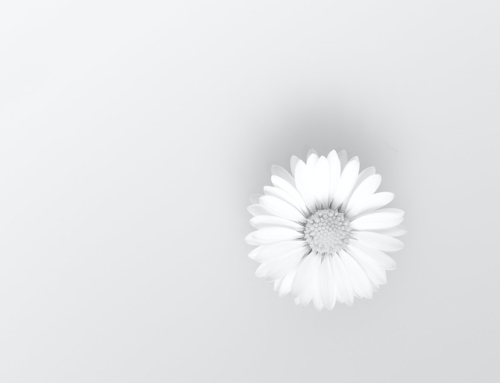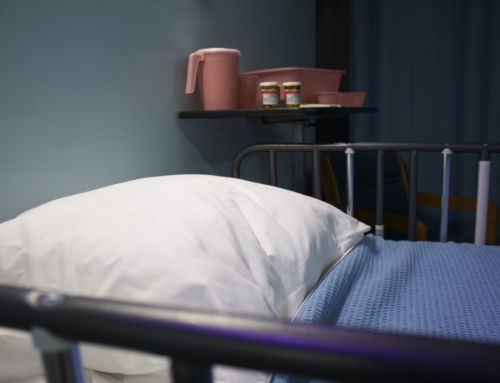When it comes to cleaning your home what products are you using? Most people will likely be using some sort of un-natural cleaning products specific to the task at hand. Bottles, sprays and detergents that turn out, usually, to have a ton of chemicals in them. For many, they are not as concerned about using a cleaning product that may be more natural, as the thought process tends to be that it is not harmful since it is not going on or in their body.
Let’s take a closer look at this.
Studies show that the average home has approximately 62 chemicals in it at any one time. 62 – that’s a lot! Where are these chemicals found? The answers may be surprising to some.
We are going to look at the top six toxic offenders as they relate to cleaning products:
Triclosan – often found in pretty much any non-natural cleaning product labeled as “antibacterial”. Known possibly to be an endocrine (this affects hormones) disrupter, a carcinogen (meaning it can cause cancer), this is one to be avoided. It is also known to promote the growth of drug-resistant bacteria.
What to use instead – soaps and dish detergents which have a shorter list with easy to pronounce and recognizable ingredients. If you use a hand sanitizer, choose one that has alcohol as the active cleaning agent rather than triclosan.
Ammonia – most often found in commercial glass cleaner, as well as in jewelry polishers and those cleaners use to clean bathroom fixtures. This is one to be avoided at all costs if you have asthma or if you are elderly with lung issues. Ammonia works well because of its ability to evaporate quickly, and as it does so, it is easily inhaled. Those who clean often with ammonia, also tend to develop problems such as chronic bronchitis and asthma. Mixing this cleaning product with bleach creates a deadly gas.
What to use instead – toothpaste makes an amazing polishing compound (and yes, the fluoride free version works just as well, which if you are trying to go natural, we, of course, would recommend) For cleaning glass, tried and true white vinegar works great. If you happen to have vodka in the house, that is another alternative that will leave your windows clean and streak free.
Chlorine – This one seems hard to avoid since it is often right in our own tap water. But avoid it, you should! Chlorine is known to be a thyroid disrupter and we can be exposed to it through showering (your skin is your largest organ), while drinking tap water, and through inhaling with cleaning products. Chlorine is an obvious respiratory irritant and the effects can be acute or chronic depending on the use.
What to use instead: Baking soda along with vinegar can be great for whitening and cleaning. There are shower heads that have built-in filters, and of course water filters for drinking to avoid this toxin.
Phthalates – This one is a little scary because it may not always be obvious that a product contains phthalates. Phthalates are usually part of the compounds that make up the scents in cleaning products and the scents you use around your home to make it “smell better”. Because scents are proprietary, many products on the market are not required to disclose the ingredients that make up the scent. There is a trick to deciphering whether a product does contain phthalates, and that is if you see the word “fragrance” somewhere on the label, it likely contains phthalates. Phthalates are known endocrine disrupters and one example is that men who have been exposed to phthalates, may have lower than normal sperm counts. Phthalates are often inhaled, but they also travel through the skin and then go straight into the organs.
What to use instead – You can opt for products that have been scented with the use of essential oils. Be careful though since products may use some essential oils, along with their proprietary scent or as part of the ingredients of their proprietary scent. Chose products that say all-natural or organic. You may also want to check into your county’s laws say about “all-natural” or “organic” products because labeling laws vary.
“PERC” or Perchloroethylene – is a known neurotoxin (toxins destructive to nerve tissue) and carcinogen. This one is normally found in dry cleaning, spot cleaning, and carpet cleaning solutions and affects us through inhalation.
What to use instead -Avoid buying clothes or household articles that are “dry clean only” and opt for cleaners that use another method known as “wet cleaning” which is water based rather than chemical based. Carpets are known to have VOC’s (formaldehyde and acetaldehyde, along with benzene, toluene, perchloroethylene, and more) and if you have ever just had new carpets installed, you may recall the smell that lingered for a long time. Not only that, carpets house dirt and bacteria that we can all do without. If you are thinking of doing any upgrading around your home – start with replacing your carpets with a laminate or hardwood floor and then proceed to use natural cleaners on the floors. Your health will thank you for it.
Butoxyethanol – multipurpose cleaners are known to have this toxic ingredient and is most often found in window cleaners. Depending on where you live, many places don’t have a law in place that requires this ingredient to be listed in their product. This should not be the case as this one is dangerous when it comes to the possible effects it can have! Most common is a sore throat when using the product, but this toxin can also lead to narcosis pulmonary edema, along with severe kidney and liver damage.
What to use instead – Use diluted vinegar for windows or homemade solutions which include diluted vinegar (with water) and essential oils.
With so many wishing to opt for more natural solutions, most grocery stores now carry natural and organic cleaners if you don’t have an organic store close to you.
Stay tuned next time as we will provide some DIY cleaners you can use in your own home.





